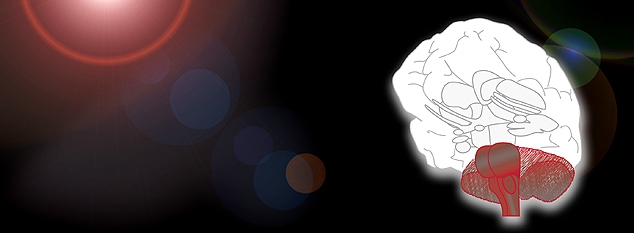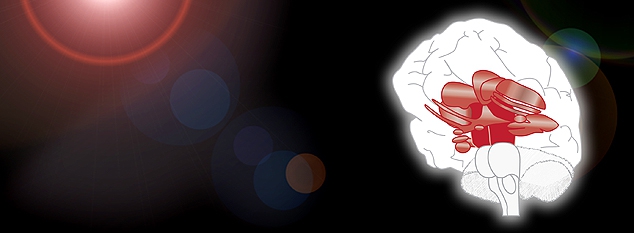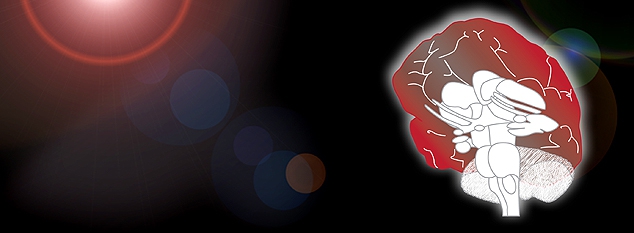A new approach to Parkinson's disease
Trapped is a unique non-fiction book on the subject of Parkinson’s disease which advocates a groundbreaking new theory based on functional neuro-anatomy. This controversial theory shows new models of the brain, challenging current perception of medical science on Parkinson’s disease.
The work begins by outlining theories and research undertaken from James Parkinson leading up to the present day. It goes on to evaluate modern thinking on Parkinson’s disease and treatment, finding treatment inadequate. Having established the need for a new approach on the subject as well as a better way to treat those afflicted with the condition, it then presents ideas which form the basis of a controversial new hypothesis. Justifying these ideas using up-to-date research, clear suggestions are made on how treatment may be conducted in future and this is seen as being a long-term solution to problems with present-day treatment. It ends by speculating on how this may be applied to other neurodegenerative diseases and appeals to others to join in future research to explore and fully develop this hypothesis.
Making innovative progress
The author noticed something had been overlooked in all the material he had read on Parkinson’s disease. He found there is plenty of material on Parkinson’s disease, but that it had not progressed very far in the last 50 years. What is out there is inconclusive and variable. He noticed that this variability of results could be explained by the theory that emerged from his mind.
It became apparent to the author that micro-vascular changes were missing from the studies on neuro-degeneration and Parkinson’s disease. For a time his mind was fixed on this problem and his neurovascular hypothesis took shape. He was searching for a positive correlation between blood flow to the brain and neuro-degeneration in order to strengthen his theory, and help people suffering Parkinson’s disease, eventually he found just that.
Helping you find a way out
- This book is educational and pushes boundaries of medical science and research in Parkinson’s disease to a new level making it a good read for both general public and academics.
- Controversial new three phase model of neuro-degeneration which will challenge our understanding of Parkinson’s disease; dopamine, substantia nigra and the basal ganglia are no longer at the epicentre of Parkinson’s disease.
- I propose a neurovascular single hypothesis for analysis of the medical profession providing vascular pathogenesis and brainstem primary involvement.
- This work will act as a catalyst for future medical research to expediate a cure as treatment is currently disappointing.
This study aims to untrap, liberate or show a way out for people suffering Parkinson’s disease in the near future.
 Brain Stem
Brain Stem Limbic System
Limbic System Cerebral Cortex
Cerebral Cortex









